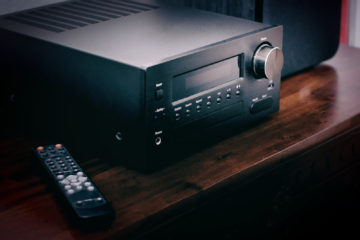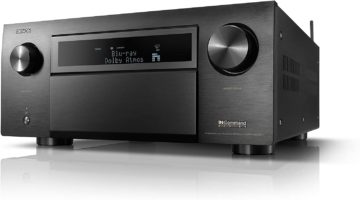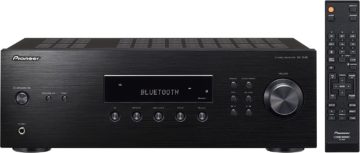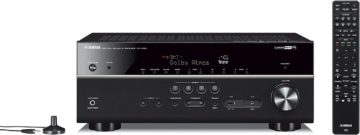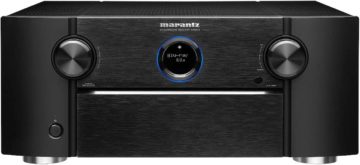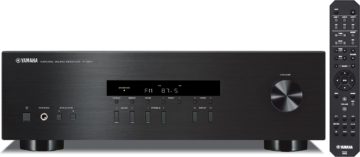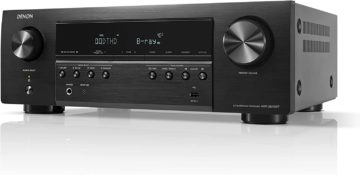If the experience matters (over anything else), might I suggest the Denon AVR-X8500H? Unlike many others on this list, this home theater receiver is the most feature-packed. It covers everything you might need: from Dolby Atmos to HEOS to 8K/60Hz HDMI.
Best Electronic Drum Headphones
Unveiling the top electronic drum headphones - from budget finds to premium sound quality. Elevate your drumming experience now!
